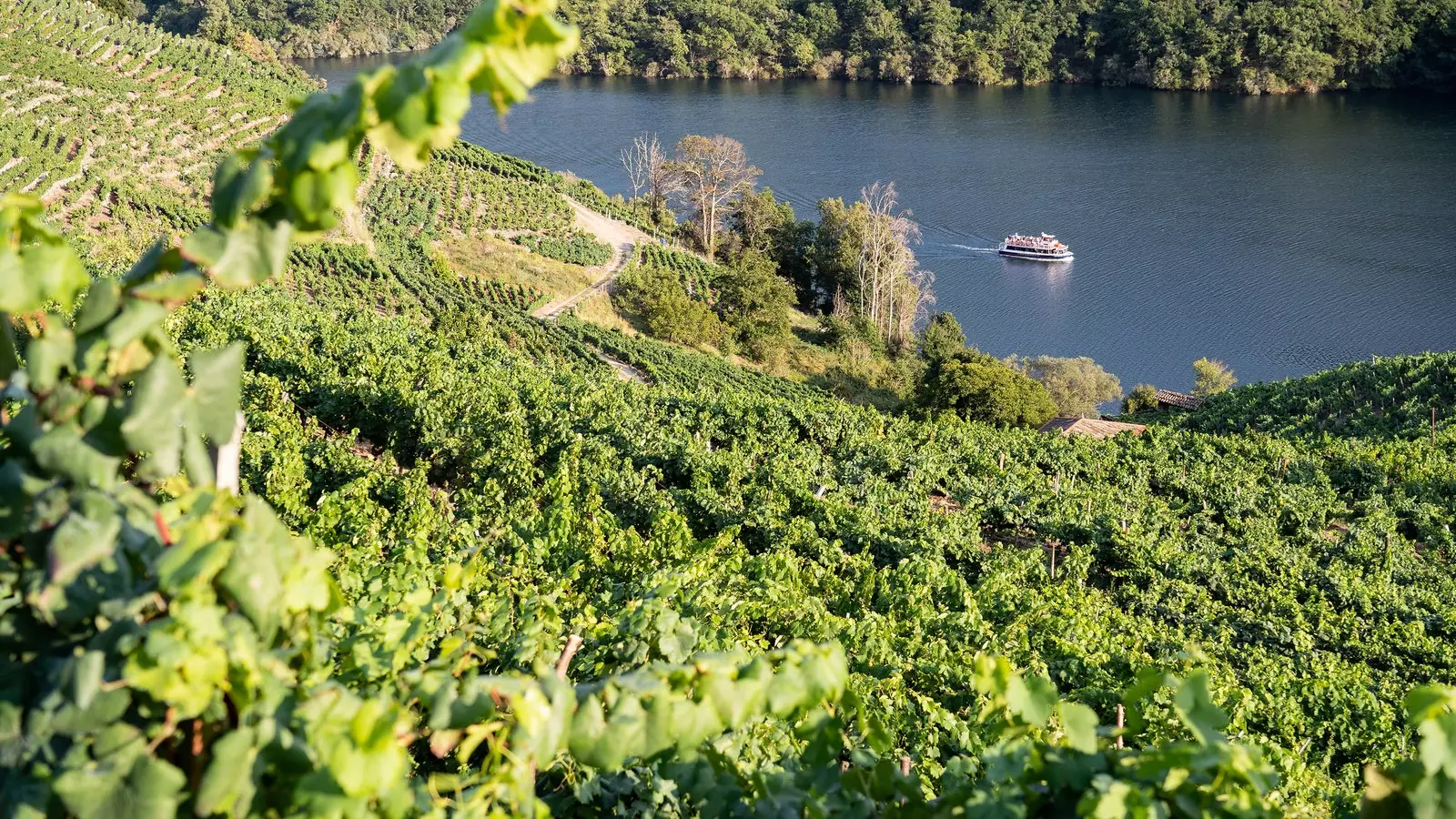
Ribeira Sacra
The wine in Galicia It crosses centuries and landscapes, it speaks of ancient cultures, travelers and pilgrims, but it also speaks of the future, of modernity, of a renewed and differentiated tourist offer, linked to Natural spaces and to one cultural programming designed for all types of audiences.
Galicia has five wine routes that spread throughout their regions. Atlantic viticulture, by the sea, and in the mountains shake hands through valleys and often unknown landscapes, turning the wine routes into the perfect proposal to articulate a getaway.
We propose a short but intense tour, a first contact full of experiences. Enough for you to immerse yourself in the wine culture in Galicia . Surely you will be left wanting more and that before returning home you will already be planning your next getaway.
MONTERREI
Arriving from the interior of the Peninsula, we can begin with the territory of the Monterrei appellation of origin, one of those well-kept secrets that hook everyone who discovers it . Barely three and a half hours from Madrid (and it will be even less as soon as the AVE starts up, scheduled for 2021) it's a great way to start.
The castle of Monterrei dominates the region, perched on a hill a stone's throw from Verín. This acropolis is considered the largest in Galicia and it is the place where the first Galician incunabulum was printed . Added to the cultural richness of the territory is the pre-Romanesque church of Mixós, church and cloister of La Merced, Casa de los Acevedo (which hosted a meeting between Felipe El Hermoso and Cardinal Cisneros), Jose Garcia Barbon Square (historic patron and philanthropist of the town) or the Shield House (dated in the year 1737), among others.
The territory of Monterrei is also home to a wide variety of places worth visiting and remembering. Nature is spectacular, as shown by the surroundings of the Demo Well (Verin), the Cidadella waterfall (Vilardevós), or the mineral-medicinal water springs (Cabreiroá, Sousas, Fontenova, Caldeliñas and Fonte do Sapo), which are part of the Thermal and Water Route - European Cultural Route . Without forgetting the passage through the territory of two variants of the Camino de Santiago (the southeast path of Vía de la Prata and the Portuguese Interior Way ), nor that this region is the gateway to the Greenhouse Natural Park.
The succession of valleys and mountains make up a unique landscape in which the traveler can discover the region with the largest number of rock wine presses in Galicia , get to know the traditional architecture in its towns, discover its gastronomy that also honors with its Torta do Cigarrón to the figure of the Entroido de Verín (Festival of National Tourist Interest); and above all taste the whites and reds that are made in Monterrei.
Some wines that come from vineyards that extend both over the Búbal valley like the Támega , the only one of the great Galician rivers that belongs to the Duero basin, and that is produced by one of the 27 wineries that make up the appellation.
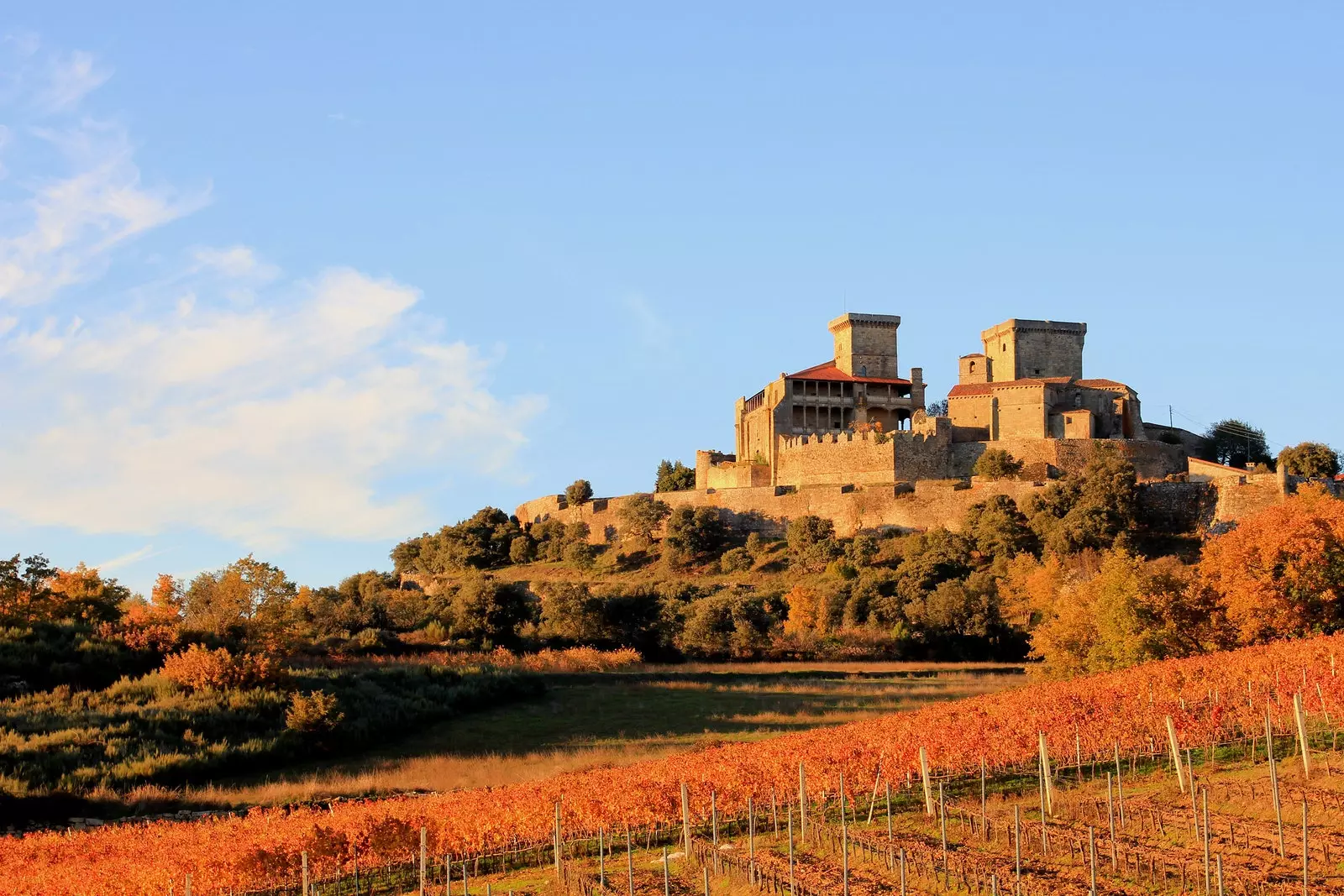
Monterrei, spectacular nature and good wine
OR RIBEIRO
The path continues and in less than an hour it takes us to Or Ribeiro , another territory that speaks the language of wine, although with its own accent. O Ribeiro is a land of country houses and farmhouses . But it is also the same for monasteries, Romanesque churches and the best preserved Jewish quarter in the northwest: that of Ribadavia.
To go through its streets is to go through the history of Galicia: feudal power, peasant revolts and the Sephardic past they shake hands in its arcades and in its alleys to which, here and there, discreetly open the doors of old family wineries that speak of a relationship with wine that has been passed down from generation to generation for centuries.
You have to stop at To Tafona of Herminia to discover its imposing stone oven. And for Herminia to be the one to guide us through the town's Sephardic legacy through the sweets that she makes daily . Then it only remains to decide where to continue, tradition or modernity. Perhaps a tasting on a catamaran in the castrelo reservoir maybe a couple of hours of relaxation in a spa on the banks of the Miño . She may visit a twice-thousand-year-old castro, or a pop concert among the vineyards. Everyone will find something to their liking.
The O Ribeiro wineries appear, here and there, between forests and vineyards In this magical confluence of rivers Miño, Avia and Arnoia . The roads snake, approaching places that still maintain the magic of another time, such as the semi-ruined Ponte da Cruz , the Pozo dos Fumes waterfalls or the surprising Prexigueiro open-air hot springs.
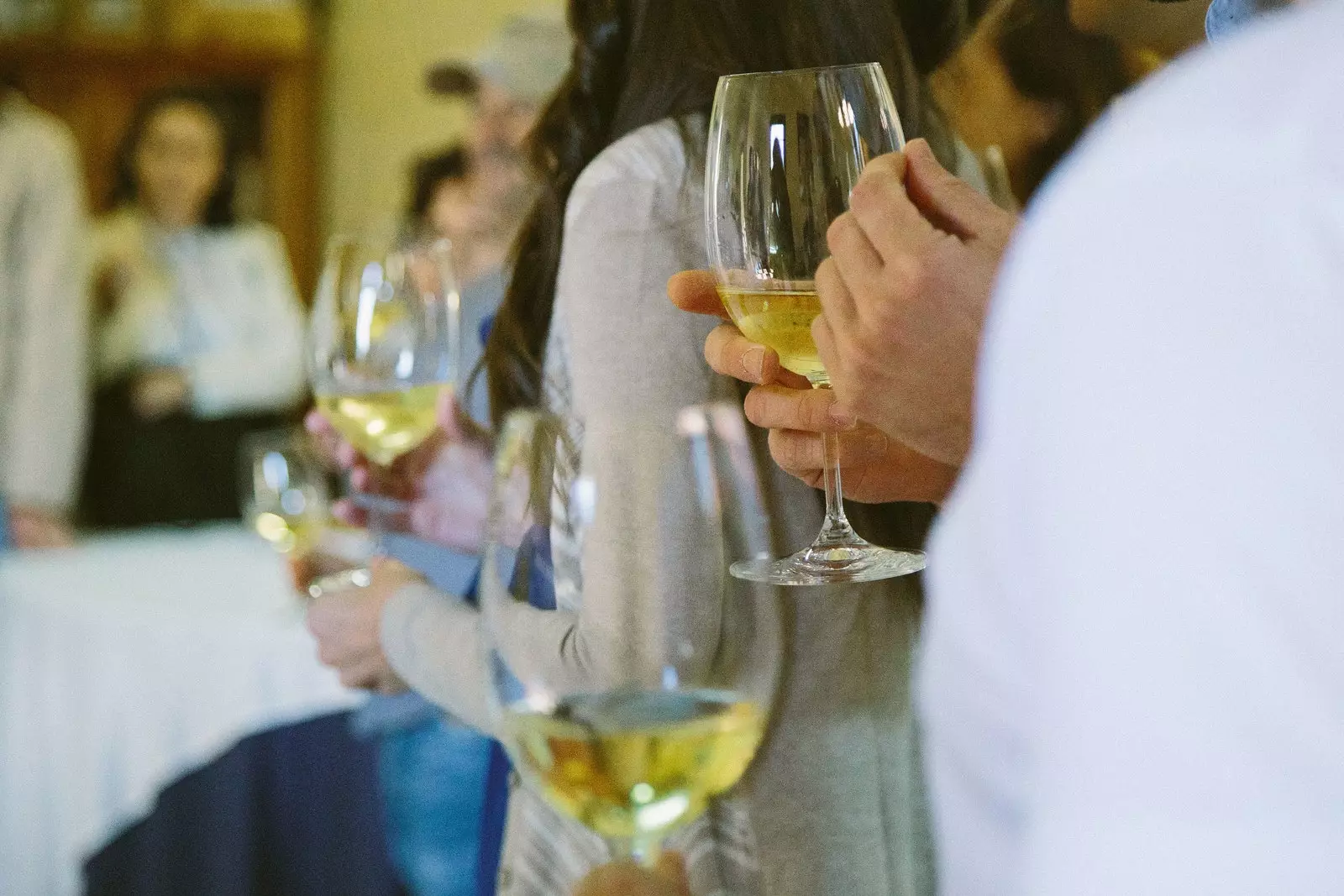
Or Ribeiro
RÍAS BAIXAS
Immersing ourselves in the Atlantic spirit, we found the Ruta do Viño Rías Baixas . A wine tourism itinerary that will allow you to combine all kinds of experiences both by the sea and by the river through its five sub-areas. Precisely, the water forms, together with the wine, the common thread of the territory. A) Yes, through the river Miño you can move between Condado do Tea and O Rosal . In the first case, you will find lamprey lands, that prehistoric animal that here is almost an object of worship . Fresh at the end of winter or cured throughout the year, it can be the perfect reason to stop. From here you can also discover the influence of the neighboring country through places like Salvaterra, with its impressive fortress where you will discover a complete and renovated wine museum.
Following the river course, the Atlantic is letting itself be noticed and marks the character of these wines as we approach the sea. We enter lands of shellfish, fish, seafaring culture and hidden coves alternating with endless beaches. We enter, then, in the subzone of Val do Salnes , the best known of all and the one that concentrates the greatest number of wine tourism resources.
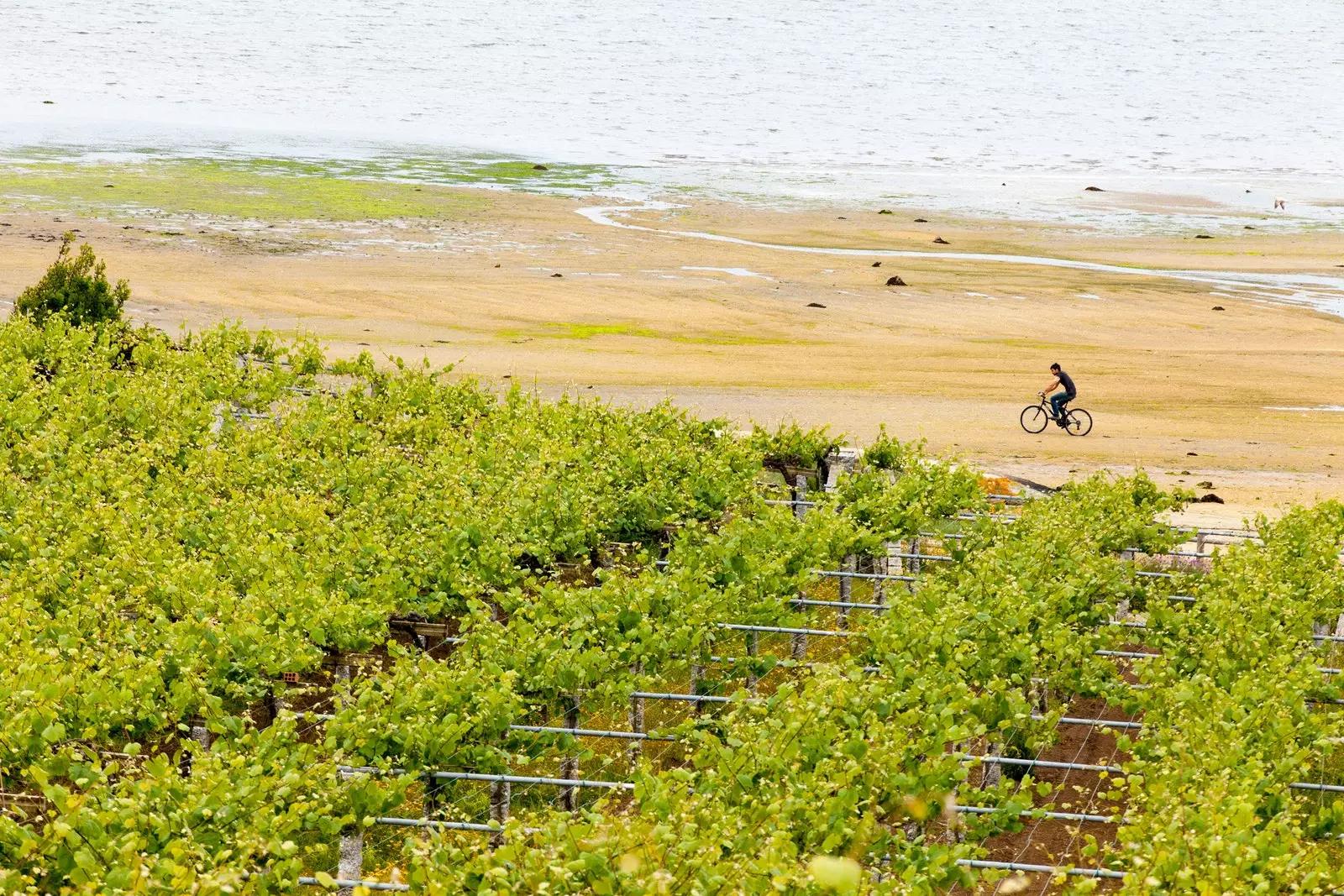
The Rías Baixas wine route
Open to the Ría de Arousa and steeped in its legends of sailors and mermaids, it has landmark towns such as Cambados , one of the gastronomic capitals of Galicia and, at the same time, the perfect base camp to stop and dedicate a day, perhaps, to a catamaran tour; to walk among old mills on the banks of the River Umia or to alternate visits to places of reference such as the emblematic Praza de Fefiñáns . Val do Salnés also allows you to explore the immense diversity of the area's wines through different types of wineries, from family-owned and historic to the most industrial and modern.
But the offer does not end there, we still have two more subzones left. Soutomaior, which is the smallest of all, stands out for having an impressive castle and a garden of international excellence where you will be impressed by its varied and botanical care.
Entering the province of A Coruña, we find the Ribeira do Ulla sub-area , with its forests at the foot of the river, its baroque manor houses and all that range of wines produced a stone's throw from Compostela. Here the food and wine culture joins the Jacobean culture, since this is a must-stop place for pilgrims who travel through the Camino del Sureste to Santiago, taking advantage of a toast prior to his arrival in the Galician capital.
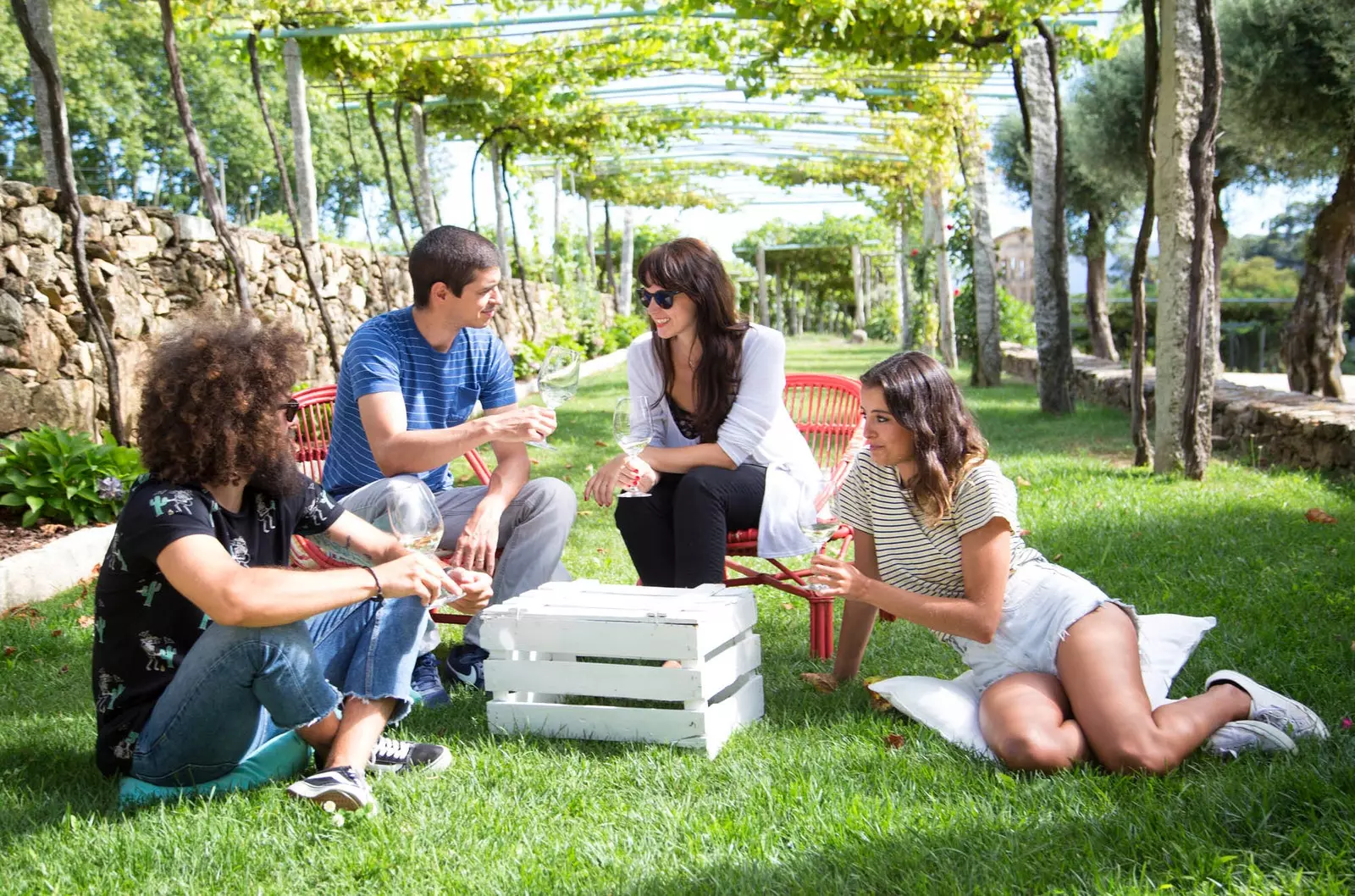
Let's share moments toasting Galicia
SACRED RIVER
We turn inland to enter the Ribeira Sacra, stretched between two provinces, around the rivers Miño and Sil. Chanted , in the West, Monforte in the north and Castro Caldelas in the south are the towns that serve as a reference in this area, ancient territory of the Counts of Lemos and the House of Alba.
To Faragulla , in the old town of Chantada, is a small restaurant worth discovering for its commitment to local cuisine and its interesting wine list from the area. From here, without hurry, we can enter among vineyards and cherry trees to suddenly look out over the spectacular Miño valley in the belesar area.
In sober we take a look at those impossible vineyards that have justly earned the title of heroic. Before, on the way, we pass by Romanesque jewels such as the Eire's church or the Monastery of the Divino Salvador de Pantón.
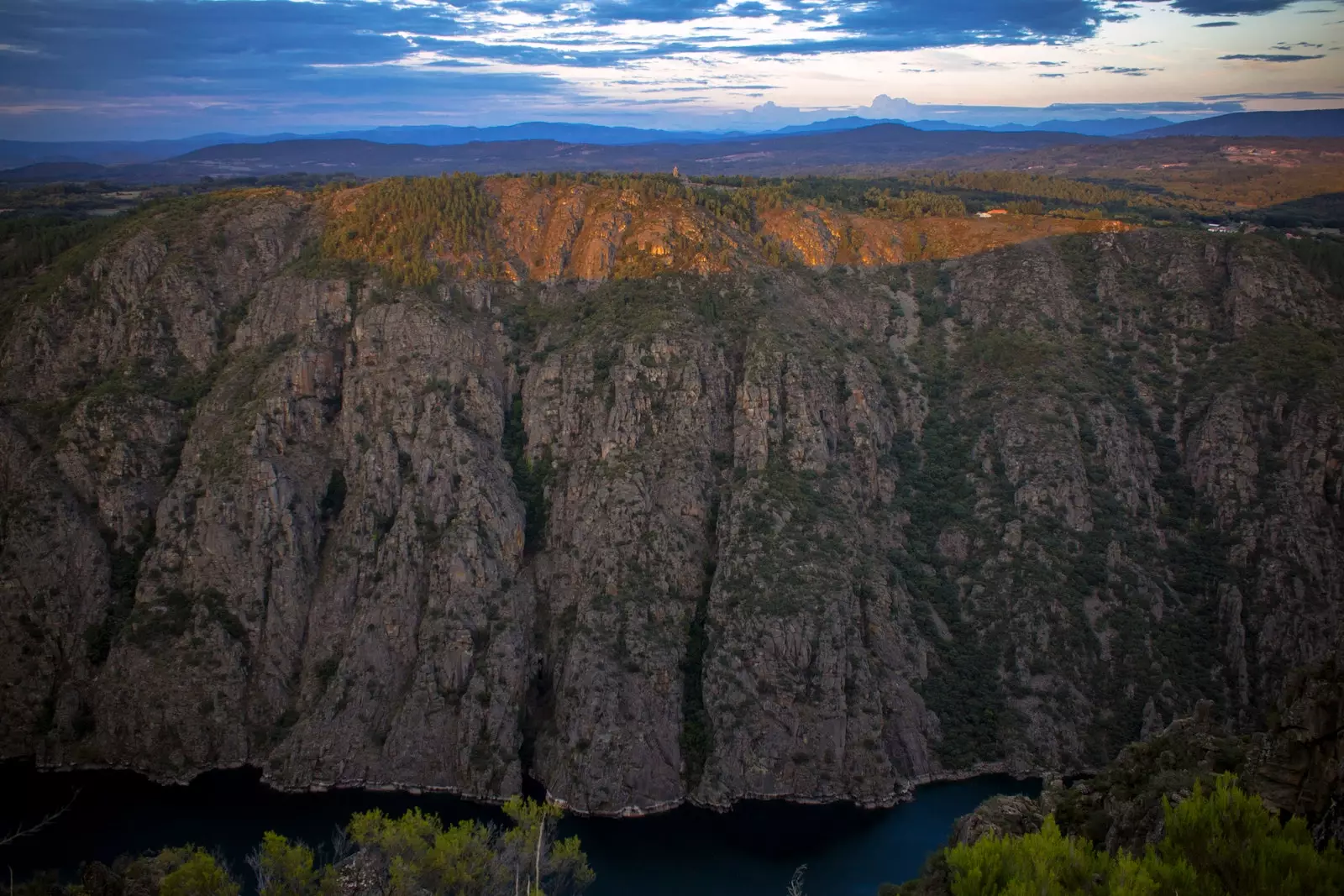
Ribeira Sacra
Many wineries are next to some of the most spectacular viewpoints . And beyond, already on the south bank, you have to discover the bica, the local sweet, in Castro Caldelas . And go up to his castle to look out, as the nobles of yesteryear did, to the immense extension of this valley.
From here, the only thing left to do is drive, slowly, discovering viewpoints such as the one in cabezoa . And, incidentally, wineries like Adega Vella or incredible places like the footbridges of the Mao river , perfect to spend some time hiking.
Further on, in the middle of a forest of century-old chestnut trees, suddenly, a bell tower appears. And a few meters further on you can make out the roofs of the cloister among the trees. Is he Hostel of Santo Estevo , which occupies a former monastery. Silence and tranquility rule in this unique corner.
VALDEORRAS
The route continues, heading east, to finish in Valdeorras, a territory with Roman resonances and in which wine is breathed in every town and village. Ponte Bibei has seen walkers pass by for 2,000 years and it is our farewell to the mountains of the Massif Central Ourense to enter, for Larouco Valley, in Valdeorrese lands.
A little further up, the village of seadur it is a constant surprise. In the upper part, the cellars carved into the rock are one of those visits capable of leaving anyone with their mouths open. But Valdeorras is also contemporary wine culture. A tasting in the glass room of the Alán de Val winery, on the vineyards of A Rúa makes it very clear.
A tour of O Teixadal de Casaio and, at sunset, spa session and accommodation with views in the Pazo do Castro , where you have to return, if you have the chance, to attend the incredible procession of the snails and shudder with their solemnity.
From here the route approaches the foothills of Galicia, but wine is still present in the hillsides of Éntoma and Sobradelo or, if we opt for the national one, in Rubiá or in Biobra , with the peaks of Enciña da Lastra Natural Park in the background , reminding us that we will always have one more road to travel in this Galicia that beats to the rhythm of the wine culture and that there will always be one more secret to discover on the next getaway.
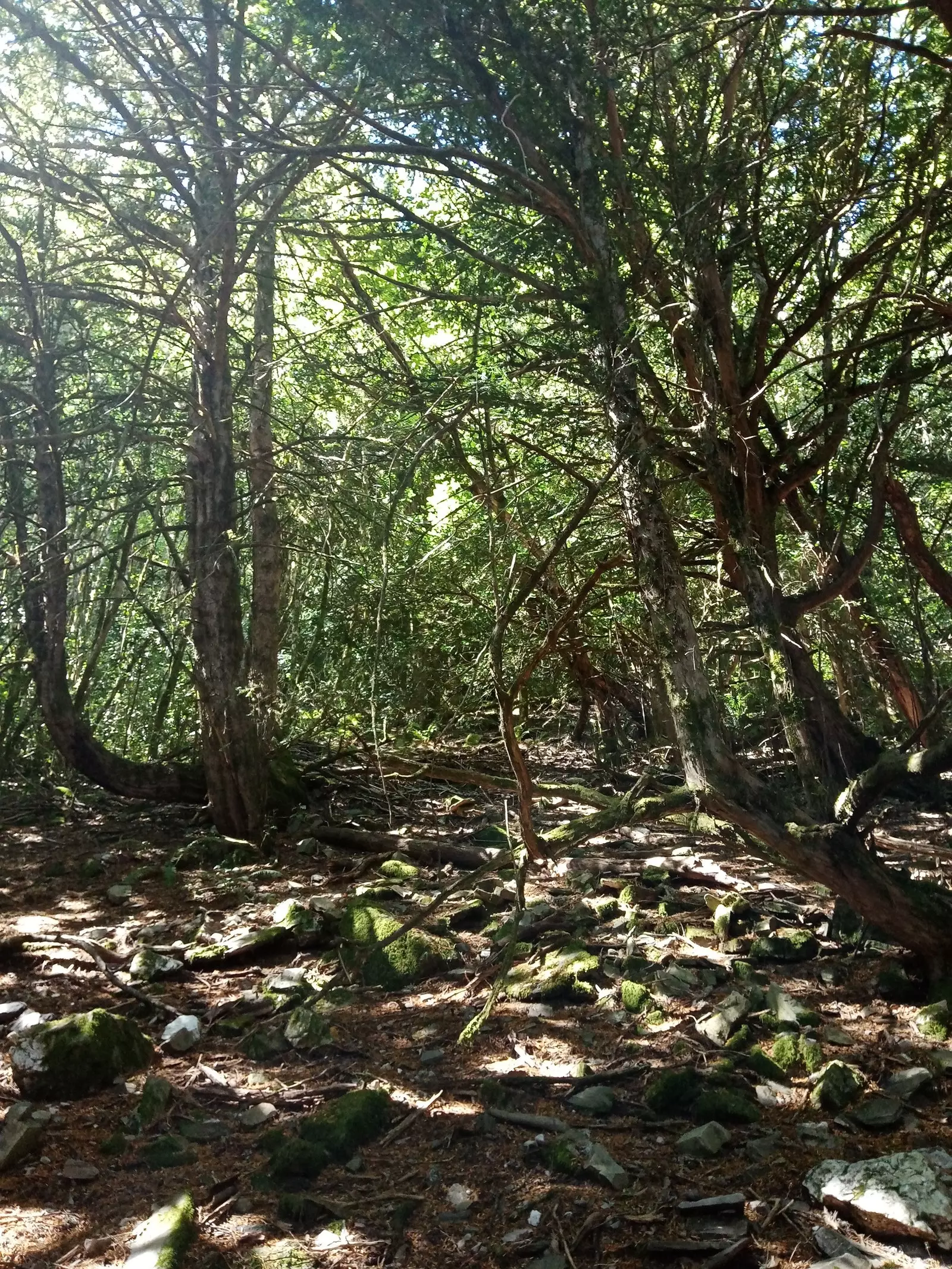
Or Teixadal de Casaio, Valdeorras
